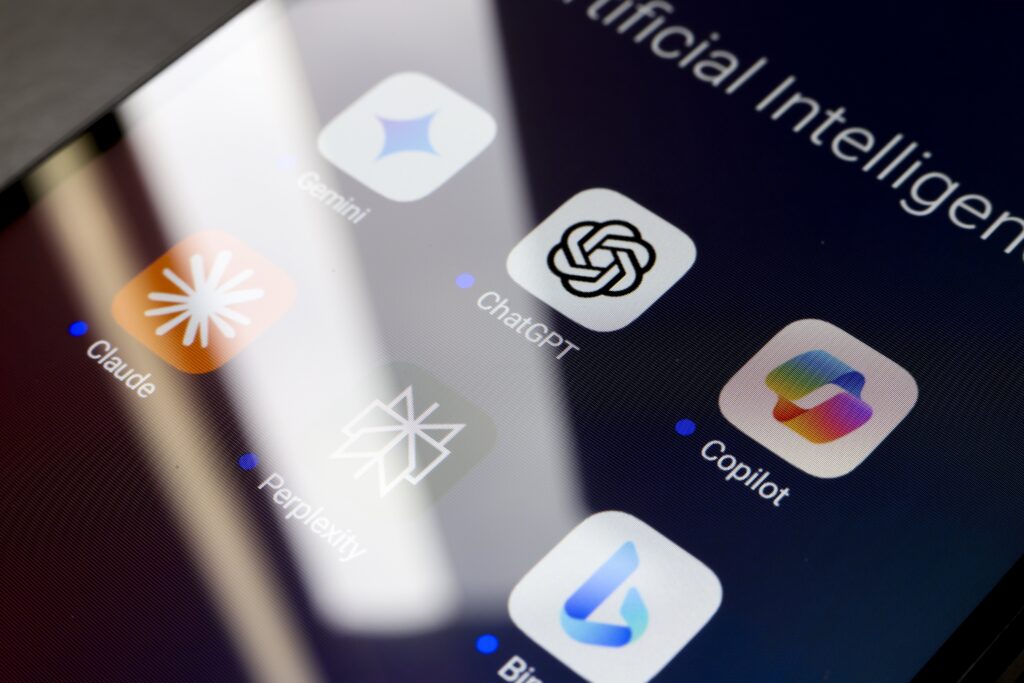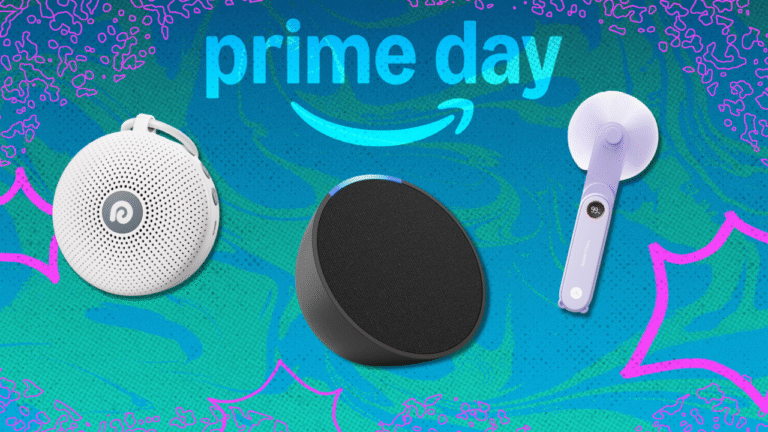

The nation’s largest teachers’ union — representing millions of staff within America’s education system — has joined forces with some of the world’s top players in AI to ready another generation of tech-savvy educators.
Announced Tuesday, July 8, by the American Federation of Teachers (AFT) and New York City-based affiliate United Federation of Teachers, along with tech giants Microsoft, OpenAI, and Anthropic, the new National Academy for AI Instruction will funnel $23 million toward free AI training and curriculum for all 1.8 million union members.
The goal of the program and its brick-and-mortar Manhattan facility — the brainchild of venture capitalist Roy Bahat and modeled after other high-tech training centers — is to create a “national model for AI-integrated curriculum,” according to the coalition, focused on skills-based workshops, online courses, and hands-on training. Microsoft will invest $12.5 million into the training program, with an additional $8 million in funding from OpenAI and $500,000 from Anthropic, the New York Times reports. OpenAI will also provide $2 million in technical resources.
“To best serve students, we must ensure teachers have a strong voice in the development and use of AI. This partnership will not only help teachers learn how to better use AI, it will give them the opportunity to tell tech companies how we can create AI that better serves kids,” said Brad Smith, vice chair and president of Microsoft.
This Tweet is currently unavailable. It might be loading or has been removed.
Led by the AFT, the academy will begin with a New York-based trainee cohort in the fall, with plans to scale nationwide at a later date. Tech and labor partners say they expect to train 400,000 educators over the next five years.
Microsoft, the academy’s lead partner, partnered with the American Federation of Labor and Congress of Industrial Organizations (AFL-CIO) in 2023, intended to start a dialogue on AI’s anticipated disruption of global workforces following several successful organizing efforts among Microsoft workers. The company also agreed to neutrality frameworks with both the Communication Workers of America and the AFL-CIO, ensuring collective bargaining opportunities for workers seeking AI protections.
“The direct connection between a teacher and their kids can never be replaced by new technologies, but if we learn how to harness it, set commonsense guardrails and put teachers in the driver’s seat, teaching and learning can be enhanced,” wrote AFT President Randi Weingarten. “The academy is a place where educators and school staff will learn about AI — not just how it works, but how to use it wisely, safely, and ethically.”
At large, corporations and AI developers have placed huge bets on the education field, including investing millions into initiatives designed to get free, premium AI tools, chatbots, and coding curriculum into K-12 and higher education classrooms. Microsoft, for example, launched new AI tools designed specifically for teachers on Microsoft 365, as well as a standalone AI app, Microsoft Learning Zone, geared toward classroom lesson plans and activities. Google, which leads the industry in classroom tech, has gone live with a plethora of AI features for Google Classroom, Workspace for Education, and Chromebook users, including an education-specific Gemini integration, as well as its own education LLM.
In April, OpenAI announced it would offer two months of ChatGPT Plus for free to enrolled college students, following the launch of a free curriculum for K-12 teachers on integrating AI into their courses. OpenAI’s vice president of education Leah Belsky is on record saying the company hopes to make AI the “core infrastructure of higher education” and increase chatbot use among student populations, despite concerns about the tech’s affect on educators and potential longterm side effects for student users.




